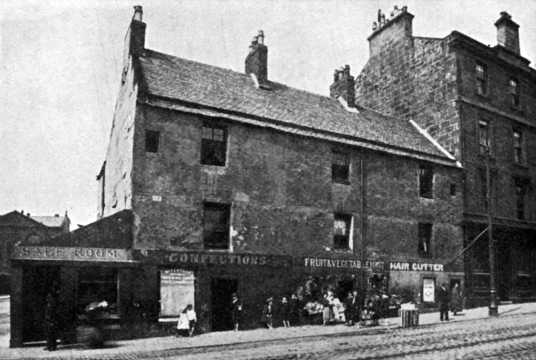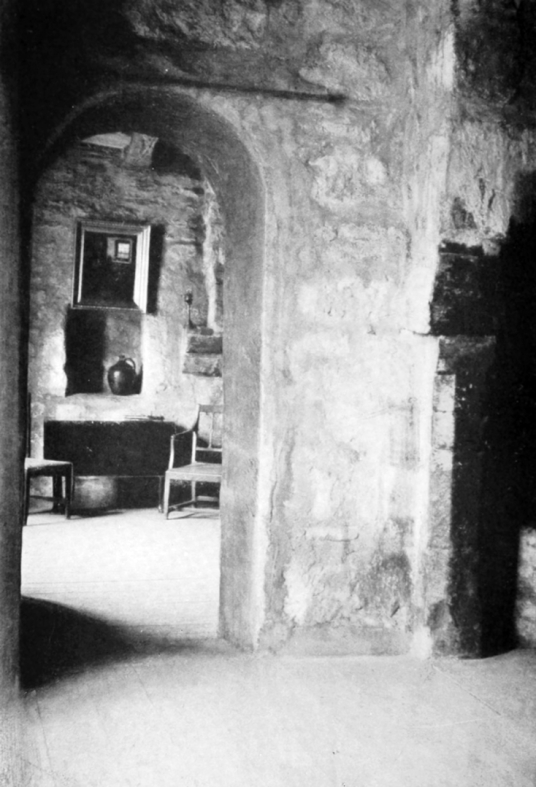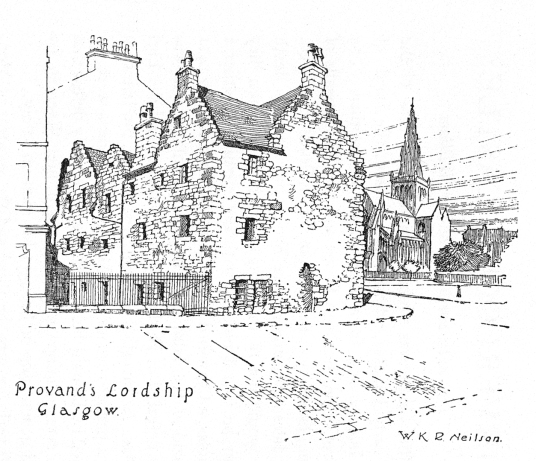Provand’s Lordship, Glasgow
In Glasgow, just west of A8 (Castle Street), opposite Glasgow Cathedral and St Mungo’s Museum, 3 Castle Street.
Private NS 605655 OS: 64 G4 0RB
OPEN: Open all year, Tue-Sun; closed Mon.
Tel: 0141 276 1625 Web: www.glasgowlife.org.uk
Glasgow Cathedral: Open all year: Apr-Sep, Mon-Sat 9.30-18.30, Sun 12.00-18.30; Oct-Mar Mon-Sat 9.30-16.30, Sun 14.00-16.30; closed 25/26 Dec & 1-2 Jan.
Tel: 0141 552 6891 Web: www.historicenvironment.scot / www.glasgow-cathedral.com
St Mungo Museum of Religious Life Web: www.glasgowlife.org.uk
Provand’s Lordship, the oldest house in Glasgow, dates from 1471 (or 1460) and was built as part of St Nicholas’s Hospital, near to the cathedral, castle and university. The hospital was built by Bishop Andrew Muirhead, and the building became the town house or manse of the Lord of the Prebend of Provan, hence the name, sharing common ownership with Provan Hall.
There are period displays and furniture from the Burrell Collection and historic royal portraits, as well as a recreated medieval herb garden. Also see Glasgow Castle and the St Mungo Museum of Religious Life is over the road.
The impressive Glasgow Cathedral is nearby, and was was edicated to St Mungo, Glasgow’s patron saint. The present cruciform church with a central tower is the only medieval cathedral in mainland Scotland to survive the Reformation mostly complete. The church dates from the 13th century, was built over the tomb of St Mungo or Kentigern, although there was probably a church here from the 6th century.
Bishop Robert Blackadder started the incomplete but imposing Blackadder Aisle on the south side of the church in the 15th century, and the west end of the church was flanked by two towers, which were demolished in 1846. The building has a fine crypt, and a 15th-century stone screen, as well as carved memorials. The churchyard and nearby nercopolis have many old carved burial markers.























